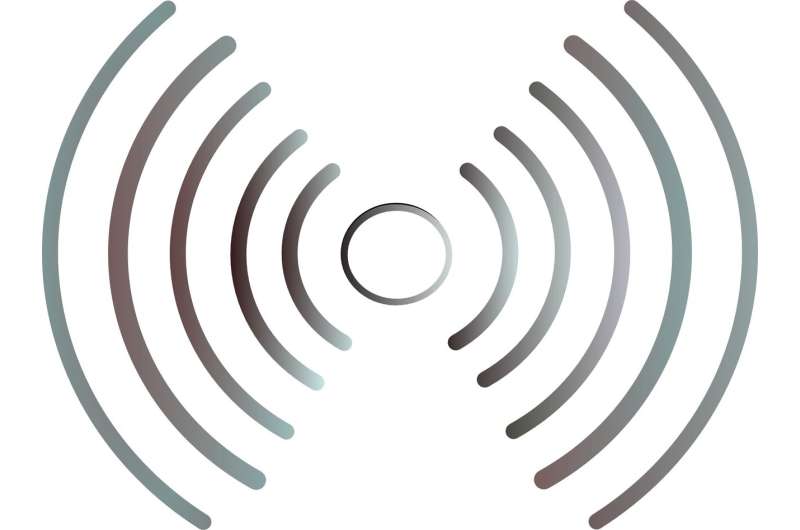Credit: CC0 Public Domain
A set of updated, evidence-based guidelines defining safe levels of exposure to high-frequency electromagnetic fields (EMF) has been published in Health Physics, official journal of the Health Physics Society.
The report by an expert Project Group of the International Commission on Non-Ionizing Radiation Protection (ICNIRP) seeks "to establish guidelines for limiting exposure to EMFs that will provide a high level of protection for all people against substantiated adverse health effects from exposures to both short- and long-term, continuous and discontinuous radiofrequency EMFs." After a public consultation period, the guidelines were approved by ICNIRP earlier this year.
Report Outlines Evidence-Based Recommendations for Safe Exposure to EMFs
Electromagnetic fields in the high-frequency or radiofrequency range—100 kilohertz (kHz) to 300 gigahertz (GHz) - are widely used in technologies including communications (such as cell phones and Wi-Fi networks) and home appliances (microwave ovens). They are also used in medical devices, such as magnetic resonance imaging (MRI) scanners, as well as radiofrequency ablation equipment used in medical and surgical treatments.
Replacing previous ICNIRP documents, the new guidelines make recommendations for safe exposure to EMF fields in the high-frequency range. Exposure limits are based on independently verified reports "of sufficient scientific quality and consistent with current scientific understanding." For each substantiated effect identified, the "adverse effect threshold"—the lowest exposure level known to cause the health effect—was identified.
Tissue heating is the main potential harmful effect of high-frequency EMF exposure. Electromagnetic fields can penetrate the body, causing vibration of charged or polar molecules thus leading to kinetic energy and heat. The new guidelines seek to avoid any possible harmful effects by setting limits below the threshold at which any EMF-induced adverse effect can occur. The adverse effects with the lowest thresholds are increased deep body temperature, and excessive local heating. Separate exposure limits are recommended for the whole body, as well as for the head and torso region, and the limbs.
The guidelines include a set of "basic restrictions" on EMF exposure at differing frequencies and times, based on the thresholds known to cause harmful effects. To further protect the general public, the basic restrictions are reduced by factors ranging from 10 to 50. The guidelines also include a set of more easily-assessed "reference levels," calculated to ensure that threshold levels for high-frequency EMF exposure are never exceeded.
The document also includes guidance for "contact currents" which can potentially cause harm when a person touches a conducting object within an electric or magnetic field. It also addresses guidance related to mitigating the risk of harmful exposure to EMF in occupational settings—emphasizing the need for an appropriate workplace health and safety program.
The revised guidelines come at a time of public reports of concerning but generally unsubstantiated harmful health effects of high-frequency EMF exposure—below the exposure thresholds that could cause body or tissue heating effects. As stated in an ICNIRP public information page, "Acute and long-term effects of HF exposure below the thermal threshold have been studied extensively without showing any conclusive evidence of adverse health effects."
More information: International Commission on Non-Ionizing Radiation Protection (ICNIRP). Guidelines for Limiting Exposure to Electromagnetic Fields (100 kHz to 300 GHz). Health Physics. March 11, 2020 - Volume Publish Ahead of Print - Issue - DOI: 10.1097/HP.0000000000001210
Provided by Wolters Kluwer Health























